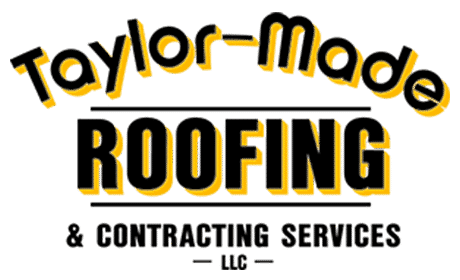How to Handle Roof Runoff Without Gutters
Some people don’t like the look of gutters. Some hate the thought of climbing up to clean them. Others are surprised to discover that the house they purchased is lacking them. Whatever your motivation for learning how to handle roof runoff without gutters, it’s an interesting topic. There are multiple ways to deal with roof runoff. You can use one or combine multiple techniques to create the ideal solution for your home.
Rain Chains
Originally from Japan, rain chains are typically made of copper or aluminum and are available in a wide array of decorative designs. They’re an attractive way to guide water from your roof to the ground, and many people enjoy the sound of water running through the chain. However, they can be heavy and need to be placed properly to be effective, so you’ll want to work with a professional to get the best result. In addition, their ability to move water is limited. Homeowners who own larger homes or live in areas prone to heavy rainfalls will likely want to consider rain chains as just one part of a multistep solution.
French Drains
Sometimes called drain tile systems, French drains tackle the task of dealing with roof runoff at the ground level. Here, a drainage system is installed below the roofline to direct any water that falls safely away from your home’s foundation. Basically, a trench is dug around the home’s foundation. It slopes downward and is angled to direct the flow of any water that enters the system toward a drainage ditch, swale, pond, sump pump, or some other desirable location. Gravel lines the trench. Next, perforated pipes are put into place and covered with landscaping fabric or a similar protective layer. Finally, dirt fills in the trench. When rainwater falls, it’s collected by the pipes and transported away from the home to the desired drainage location.
Drip Edges
Flat sheets of metal that are fixed along the edge of roofs, drip edges slow falling water and direct it away from the walls, offering some protection to the siding and foundation. The main concern with drip edges is installation. Because they sit under the shingles, improper installation can cause major issues. Make sure that you reach out to a reputable professional.
Louvered Diffusers
If you like a softer approach to managing roof runoff, the idea of louvered diffusers may appeal. Instead of collecting and redirecting water, this strategy simply prevents damaging heavy bursts. As Innovative Building Materials explains, louvered diffusers are made from a corrosion-resistant metal or heavy plastic. They’re mounted to the fascia board in roughly the same location as traditional gutters. When rain falls, the louvers allow the water to pass through. However, their presence slows the runoff and breaks up any heavy streams so that there’s less chance of erosion or other damage.
Site Grading
Gravity is a powerful force, and it can come in handy when you want to handle roof runoff without gutters. As Home Inspection Insider explains, site grading is the process of adjusting the slope of the soil around your home to ensure that water flows away from the foundation. Generally, experts recommend a 5-percent slope, or a drop of 6 inches for every 10 feet in distance.

